By Sudarshan Sharma

Galion may be a small Midwestern town, but its legacy looms large in America’s industrial story. Known for producing the world’s largest road grader, the mighty T-700, and as the unheralded birthplace of the pickup truck long before Ford became synonymous with it, Galion is now preparing to host a different kind of history-making event. This time, it’s not horsepower or steel drawing attention, but spirit, culture, and faith.
Just four miles south of town on Route 309 lies the newly established world headquarters of the Global Bhutanese Hindu Organization (GBHO), affectionately known as the Om Center. Spanning 150 acres of rolling farmland, forest, two lakes, natural springs, and a winding river, the property, once a family retreat owned by the Cobby family, has been transformed into a sacred site. Some locals even believe the land carries the spiritual energy of ancient Native American traditions.

“This place gives off a spiritual vibration,” says Mr. Shyam Gautam, a founding member and Reynoldsburg-based entrepreneur. That energy inspired GBHO President Mr. Kamal Dhimal and 108 founding members to acquire the land and establish it as a permanent center for healing, remembrance, and devotion.
From July 16th to 23rd, the Om Center will host the Biswas Shanti Mahayagya, a once-in-a-generation, seven-day spiritual and religious gathering expected to draw between 20,000 and 25,000 Sraddhalu (devotees) from across the U.S. and beyond.
“It will be the largest gathering of Bhutanese Hindus in America,” says Lila Mishra, a high school math teacher from Louisville, Kentucky. Mishra has taken on the massive responsibility of organizing food for over 500 volunteers every day and preparing meals for up to 5,000 participants during peak days.
“I’m stretched thin,” he admits, “managing 150 volunteer cooks and planning nearly five tons of food for the weekend.”
Despite the enormous logistical challenge, preparations are well underway. Over 10 acres of the property have been transformed into a temporary village of tents and shipping containers.
“We’ve covered about 500,000 square feet under canvas,” notes Mr. Lachu Sapkota, a resident of Pittsburgh, PA, a founding member who also serves as head mason and carpenter.
One of the most striking features of the site is a bamboo replica of a Bhutanese refugee hut, approximately six by three meters, a faithful recreation of the shelters once found in Nepal’s refugee camps.

“It’s a living museum,” says 72-year-old volunteer Laxmi Mishra.
“It reminds our American-born children of the hardship and dignity of where we came from.”
Another elder volunteer, Mr. Dilli Ram Dhimal, now 82, lived in Bhutan, Nepal and is now raising great-grandchildren in Reynoldsburg Ohio, says “This is our past, and we must not forget our roots.”
“This is not just another religious festival,” says Mr. Keshav Subedi, who oversees the event’s internal ritual operations. “It’s a spiritual, cultural, and historical gathering.”
Over 150 priests have registered, with 108 dedicated to reciting the Bhagwat Purana throughout the week. Daily ceremonies will include a Pancha Kundiya Hawan (five sacred fire pits) with 4.5 hours of offerings, 11 Rudri Paths, and 9 Chandi Paths. On the final day, the centerpiece will be a breathtaking 10 million lamp-lighting ceremony (Deep Prajwalan), illuminating the spiritual heart of the Om Center.
Beyond its spiritual significance, the event is expected to give a meaningful boost to the local economy. “We expect nearby hotels, gas stations, restaurants, and vendors to see a sharp increase in activity,” says Indira Pyakurel, Assistant Treasurer and founding member, who has been living on-site for weeks with dozens of other volunteers coordinating the preparations.
Local support has been heartening. One neighbor, John Goldbach has volunteered hours of his time with heavy machinery to help move logs, put gravels on driveways and relocate newly arrived marble statues from India.
While enjoy the dinner with volunteers, Mr. Goldbach says, “I am a neighbour a phone call away”. The Morrow County Commissioner has formally welcomed the initiative, and the Sheriff’s Department has committed to providing security throughout the event.
But perhaps the most poignant purpose of this gathering is remembrance and healing. Mr. Dhimal explains that the Mahayagya will honor 67 Bhutanese individuals who were killed or disappeared during the mass expulsions by Bhutan’s monarchy in the early 1990s.
“Many families still carry that trauma,” he says. “This event is our way of honoring their memory and beginning the long process of collective healing.”
Galion, long known for building the machines that carved America’s highways, now finds itself laying a different kind of path, one that leads toward peace, memory, and spiritual rebirth.
Support the New Americans magazine to continue to serve our community with precise news that affect the new American, immigrant and refugee community. https://paypal.com/donate/?hosted_button_id=8LHFS78NRNJJY&source=url











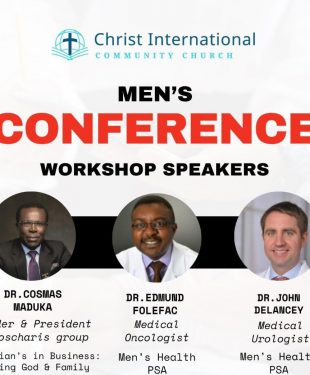

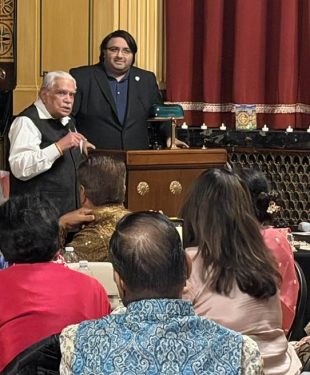
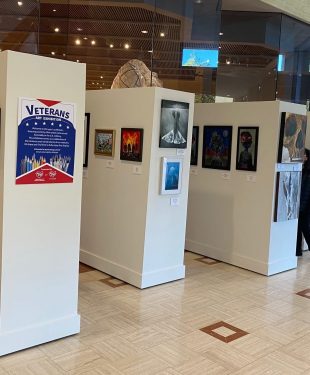


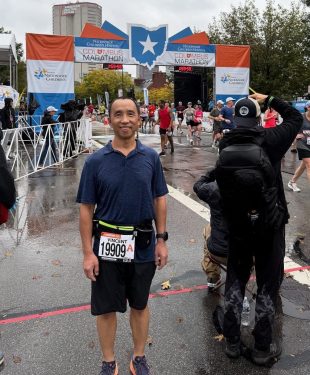
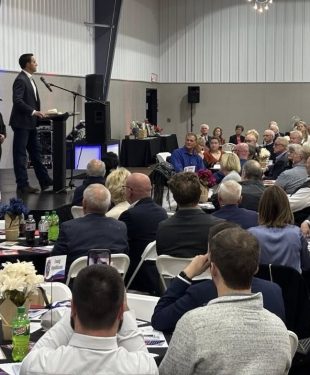

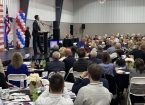




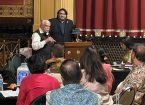

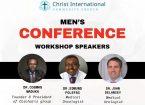

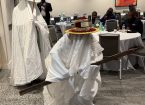



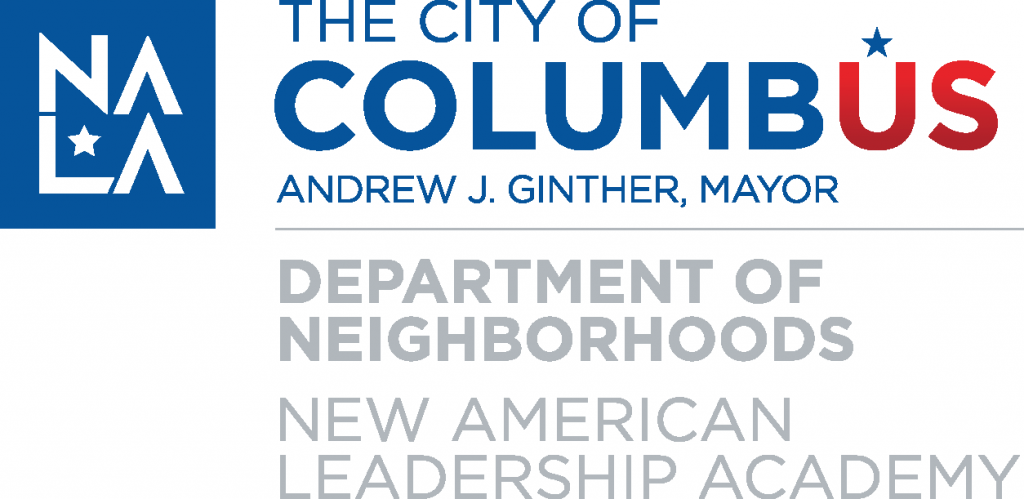


Leave a Reply
You must be logged in to post a comment.